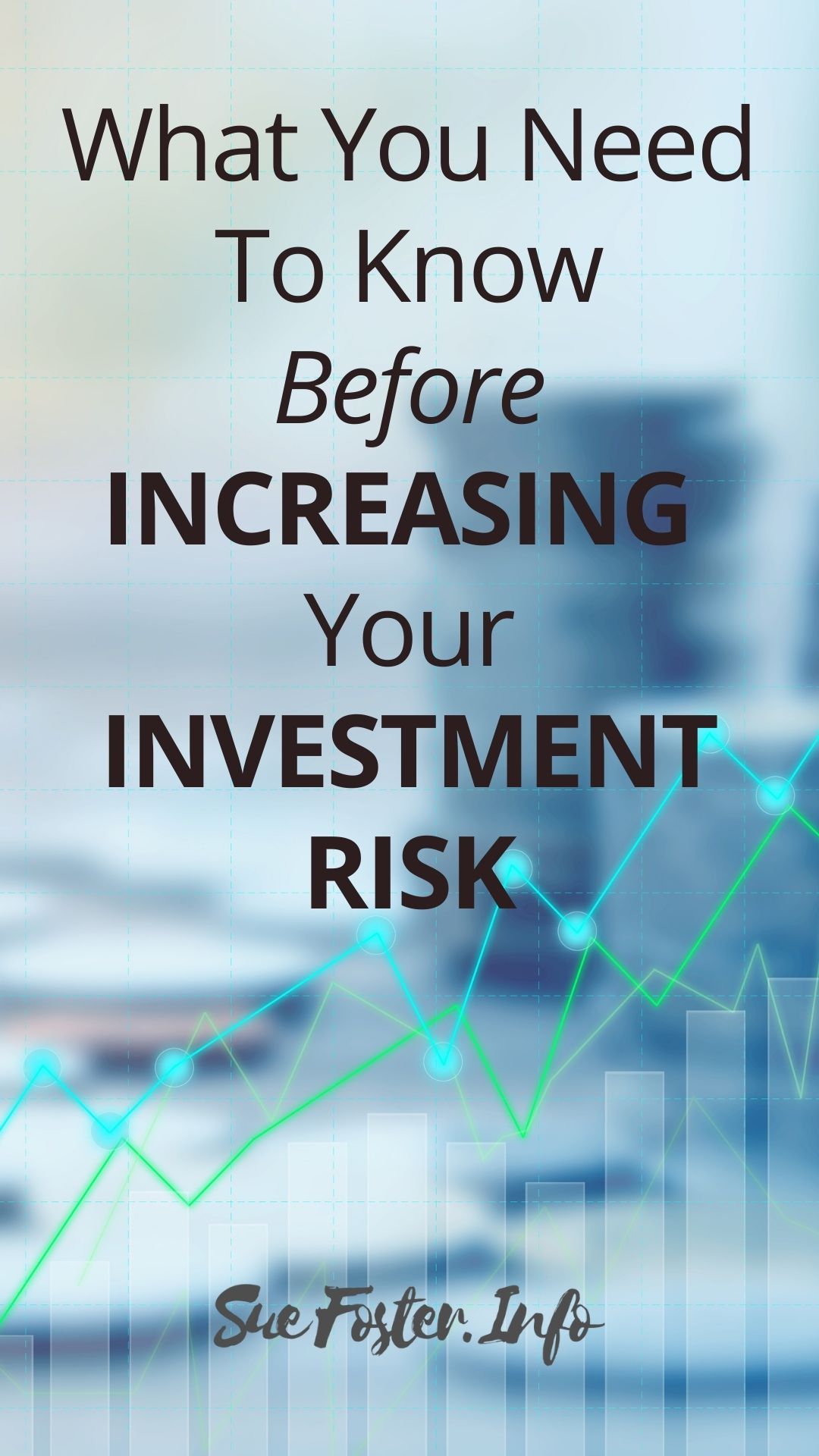Investing is still a complicated topic for many people. Even those who already started investing – usually in insurance policies – are hesitant to explore other means to build their wealth. This hesitation could stem from our insufficient financial literary. Growing up, we only knew one way to grow our money, and that’s a savings account. We only heard these terms after college, including stocks, bonds, foreign exchange, real estate, unless we majored in finance or accounting.
Hence, many of us may not know the difference between low-risk and high-risk investments. Experienced investors are an exception, but to influence more people to invest, they have to spread their knowledge. Some of them could use guidance, too; many investors just jump into an opportunity without studying the implications first. Just because you made money in this one investment doesn’t mean the same thing will happen in the next.
Whether you are an experienced investor or not, it’s critical to assess your own risk tolerance before putting your money anywhere. So without further ado, here’s what you need to know before increasing your investment risk tolerance:

What is Risk Tolerance?
Risk tolerance is a crucial component in investing. It’s the amount of risk you’re willing to take or withstand in your financial planning. To know your risk tolerance, you must have a realistic understanding of your ability and eagerness to put up with large swings in your investments’ value. A swing commonly refers to a situation in which the price of an asset significantly changes over a short period.
Younger people generally have higher risk tolerance. That’s because they have more time in their hands. On the other hand, older people tend to take lower risks because of their shorter time horizons.
In investment, however, age isn’t necessarily a factor in one’s risk tolerance. Greater risk tolerance is often associated with equity and equity funds and exchange-traded funds (ETFs), whereas lower risk tolerance is synonymous with bonds, bond funds, and also ETFs.
There are three levels of risk tolerance: low, medium (or moderate), and high. Low-risk investors go for financial ventures in which favourable returns are highly probable, although that return may not be high. Medium-risk investors are willing to take more risks, with the possibility of high returns around 60/40, for example. High-risk investors, lastly, are market-savvy. They go for highly volatile instruments. While they also maintain low- and medium-risk assets, they focus on reaching maximum returns with maximum risks.
Difference Between Low-Risk and High-Risk Investments
Traditionally, academics use volatility as a measure of risk. But volatility is flawed and doesn’t necessarily affect the chances of an investment’s outcome. A more accurate way of measuring risk is calculating the possibility of an asset permanently decreasing in value, or performing below expectations.
So, basically, low-risk investment means there is less at stake. But there is also less to gain. Below are some examples of such investments:
- Time deposit: with a higher interest than a savings account, a time deposit can grow your savings at a higher rate. The money must remain in the account for the fixed term in order to earn the stated interest rate.
- Money market funds: this gives higher returns than a time deposit. It invests your money in high-security treasury bonds, corporate bonds, and other similar assets.
Medium-risk investments are suited for people aiming for more substantial returns, often for buying a house, a car, or paying for their child’s education. Examples include:
- Equity UITF: equity unit investment trust funds are made up of 100% stocks, so they yield higher returns with relatively more risk. But what makes it a medium-risk investment is that you won’t be buying stocks directly. Instead, fund managers will handle your investment and ensure that your money will grow.
- Short-term dollar fund: for beginners in foreign exchange, a secure short-term dollar fund can make the investment a lot more approachable. It’s classified as a money market fund, so its risks play between low and moderate. And like UITF, a fund manager will handle your account.
Finally, high-risk investments are designed for people with long-term financial goals. It has higher returns, higher risks, and a longer time frame for reaching maturity. Examples are as follows:
- Stocks: buying stocks lets you earn dividends, but it’s largely dependent on the state of the economy.
- Real estate: your income from real estate will also depend on the economy. If your properties depreciate in value, your returns will also decrease.
If you’re new to investing in medium- or high-risk securities, note that selecting your investments takes a lot of work and experience. Spreading your money across several bonds or stocks is a good way to avoid losing money. The saying “Don’t put all your eggs in one basket” still applies to you, even more so at this point. Betting all your money on a single stock can vanish your money if that stock declines. But if you have more investments, you can guarantee returns, even if they’re not as substantial as you want them to be.


